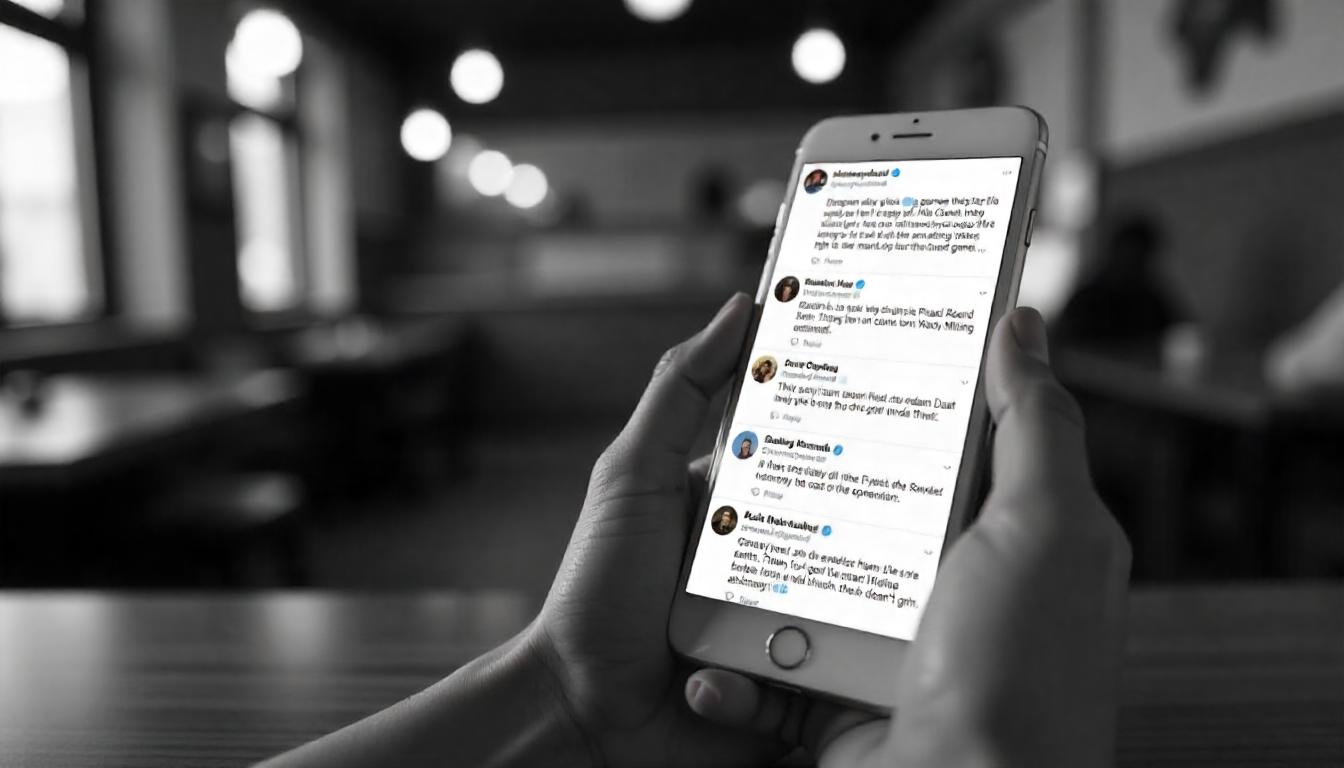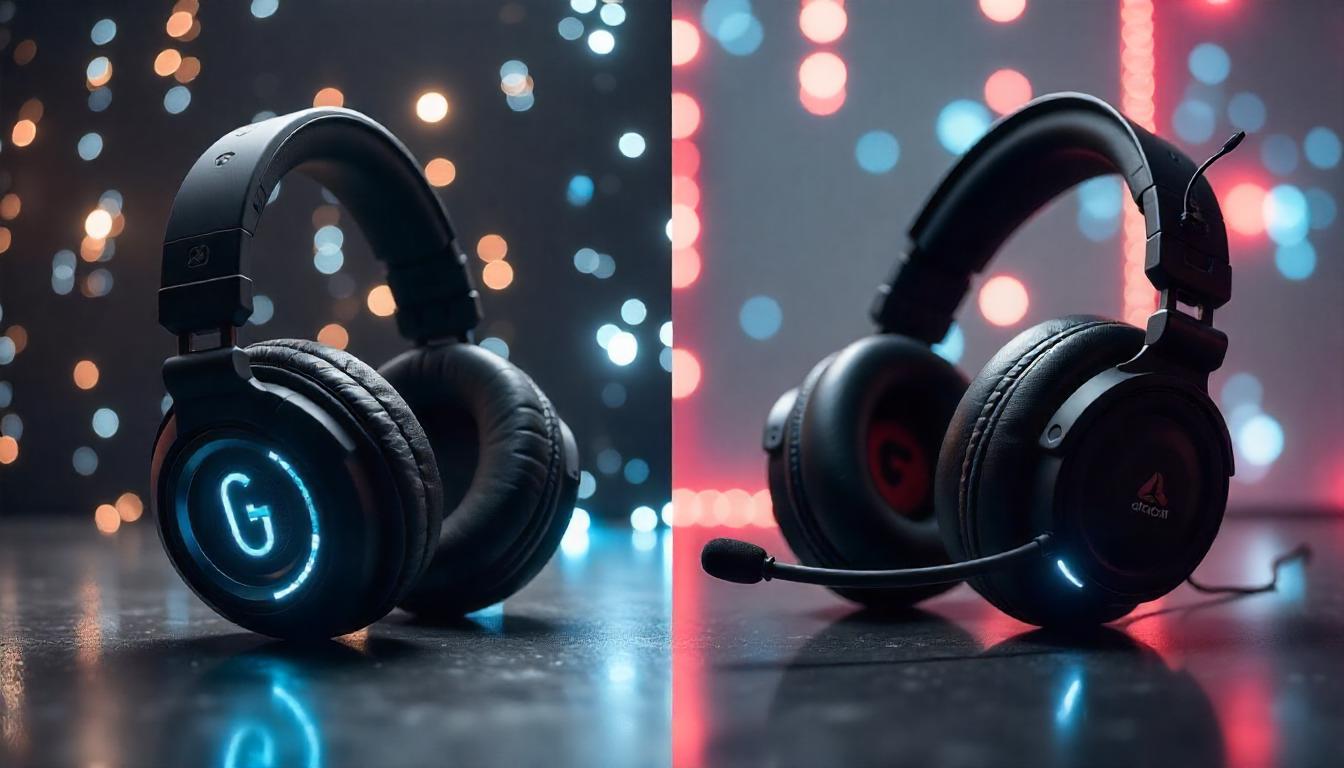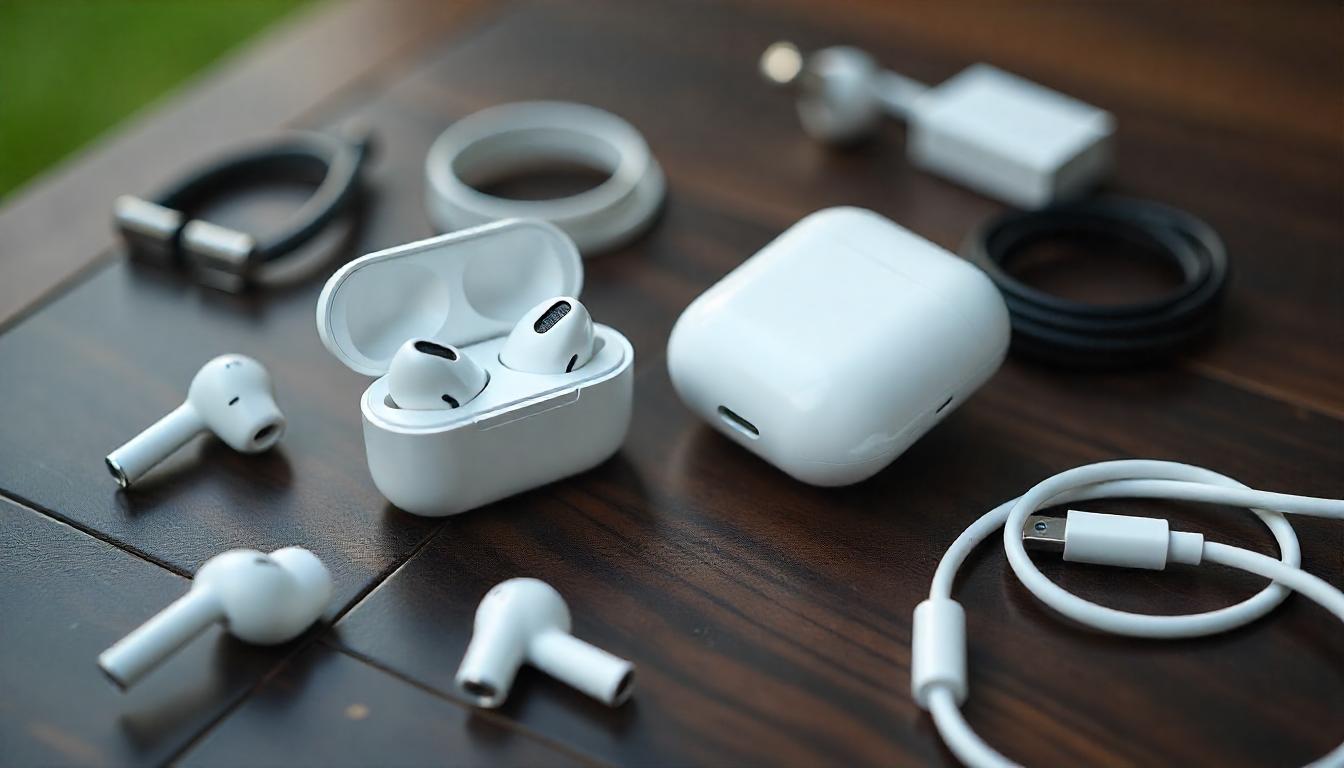In a world where health technology is advancing at breakneck speed, fitness trackers are no longer just step counters or heart rate monitors. They are evolving into comprehensive health companions, offering insights that go far beyond basic activity tracking. With industry giants like Fitbit and Apple pushing the boundaries of wearable innovation, the competition between the Fitbit Versa 4 and Apple Watch Series 9 is a prime example of how these devices are shaping the future of personal health monitoring.
But how do these devices compare, and more importantly, what does the future hold for wearable fitness technology? Let’s dive into their features, ecosystem integration, and the cutting-edge advancements that could redefine fitness tracking in the years ahead.
Fitbit Versa 4 vs. Apple Watch Series 9: A Feature Breakdown
1. Health & Fitness Tracking
Both the Fitbit Versa 4 and Apple Watch Series 9 bring a suite of health-tracking features, but their approaches vary significantly.
- Fitbit Versa 4: As a fitness-focused device, it provides an extensive range of health metrics, including continuous heart rate tracking, SpO2 monitoring, stress management, and sleep tracking. Fitbit’s well-established algorithms give users deep insights into their daily activity and recovery trends.
- Apple Watch Series 9: Apple integrates more medical-grade features, including ECG, blood oxygen monitoring, and temperature tracking, which are designed for proactive health management rather than just fitness tracking. Its integration with Apple Health makes it an all-encompassing tool for holistic health.
2. Smart Features & Ecosystem
A fitness tracker is only as powerful as its ecosystem. Apple and Fitbit offer different approaches here:
- Apple Watch: The Series 9 seamlessly integrates with Apple’s ecosystem, allowing users to sync with iPhones, AirPods, and Macs. With Siri, users can access voice-activated commands, while deep app integration makes it a productivity tool alongside being a fitness companion.
- Fitbit Versa 4: Fitbit’s ecosystem is more cross-platform-friendly, syncing with both iOS and Android. It also offers voice assistants (Alexa, Google Assistant) and integrates with Fitbit Premium for deeper health insights.
3. Battery Life & Wearability
Battery longevity is a key differentiator:
- Fitbit Versa 4: With up to 6+ days of battery life, Fitbit is a clear winner for users who don’t want to charge their device daily.
- Apple Watch Series 9: Despite improvements, Apple’s watch still lasts only about 18-24 hours on a single charge, making it less convenient for round-the-clock health tracking.
How Wearable Tech Is Redefining Fitness and Health
The evolution of wearables isn’t just about hardware upgrades—it’s about shifting how we interact with our health. Here are some key advancements reshaping the industry:
1. AI-Powered Health Insights
Wearables are becoming smarter with AI-driven recommendations. Fitbit’s Daily Readiness Score and Apple’s Health Trends use machine learning to interpret health data and provide actionable insights. Future iterations may introduce predictive diagnostics, alerting users to potential health risks before symptoms appear.
2. Advanced Biometrics and Sensors
Emerging sensor technologies are expected to provide even deeper insights into personal health. We’re already seeing non-invasive glucose monitoring research, and future wearables may track hydration levels, blood pressure, and even stress markers through sweat analysis.
3. Mental Health Integration
Devices are beginning to integrate stress and mental health tracking. Apple’s Mindfulness app and Fitbit’s stress management tools hint at a future where wearables actively support mental wellness alongside physical fitness.
4. Personalized Fitness Coaching
With AI-driven coaching, future fitness trackers could act as personal trainers. Real-time form correction, adaptive workout plans, and biometric-driven training recommendations will transform how people exercise.
The Future: What’s Next for Wearable Fitness Tech?
1. Smart Clothing & Biometric Wearables
Beyond wrist-based devices, smart clothing embedded with sensors could become the next wave of health tech. Companies like WHOOP are already exploring fabric-based tracking, and future iterations could eliminate the need for traditional watches altogether.
2. Integration With Healthcare Systems
As wearable data becomes more accurate, integration with healthcare providers could allow for real-time remote monitoring, revolutionizing preventive care. Apple has already taken steps with its FDA-approved ECG features, and Fitbit is moving towards similar health-driven applications.
3. Extended Reality (XR) and Fitness
The rise of augmented and virtual reality could see wearables integrating with XR-based fitness platforms. Imagine an Apple Watch guiding you through VR workouts or Fitbit syncing with AR fitness classes for real-time corrections.
Final Verdict: Are Wearables the Future of Health?
The line between fitness trackers and full-fledged health companions is quickly blurring. While devices like the Fitbit Versa 4 and Apple Watch Series 9 already offer impressive insights, the next decade will likely see wearables becoming proactive health monitors rather than just fitness assistants.
With AI-driven analytics, deeper biometric tracking, and enhanced ecosystem integration, the future of wearable health tech is more exciting than ever. Whether you’re an athlete, a wellness enthusiast, or someone looking for early health alerts, fitness trackers are evolving into indispensable tools for managing health in a digital-first world.





Leave a Reply